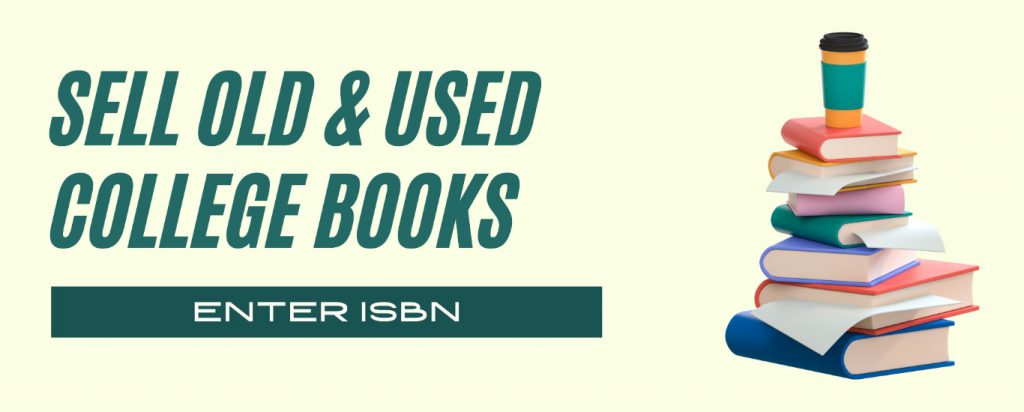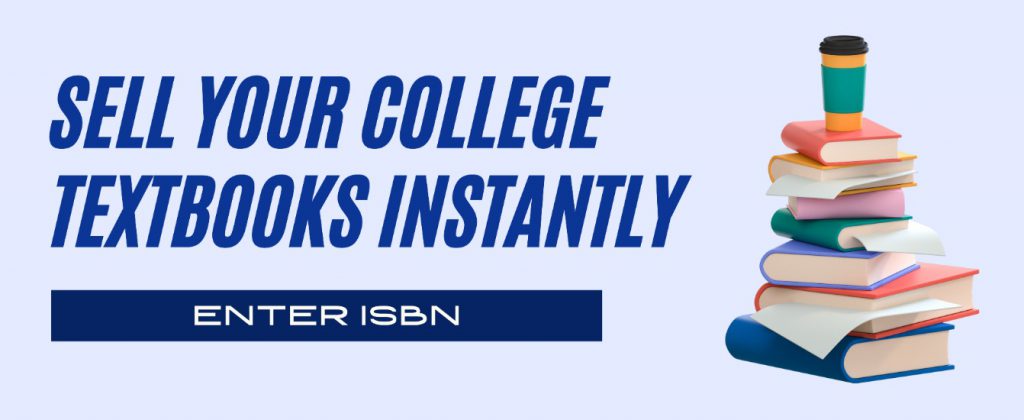For years now, counterfeit books have been a growing concern, particularly in the educational sector. Actually, the problem is more rampant now than ever. So if you plan to source textbooks to resell, keep in mind that there are counterfeit textbooks out there.
Of course, this problem shouldn’t stop you from starting your business. But it should be enough to keep you vigilant. It can be appealing for unscrupulous people to duplicate textbooks which is a crime.
Please note: Counterfeit textbooks are illegal. It’s inferior, it causes publishers to lose millions of dollars in unsold original college books, and it’s never right.
Students want to cut down costs, and in doing so, buy affordable textbooks. But, unknowingly, the reason why it’s less expensive is because of the massive counterfeit books.
With that said, here’s why it’s happening and how to avoid buying them.

How Counterfeit Textbooks Affect The World Today
Why should you care if fake textbooks are circulating in the system? What effect does it have in the world? According to the Centre for International Governance Innovation, the revenue lost each year from intellectual property violations to the U.S. costs up to $540 billion.
These losses don’t affect only the publishing companies or big brand companies and record companies. It also directly affects the livelihoods of writers, musicians, artists, and designers.
Let’s take an example.
Let’s say your professor penned your 2019 medical textbook, but you bought a counterfeit instead. That will make your professor lose out on the royalties because you didn’t buy a legal copy.
Now, multiply that loss by hundreds, then increase that by a thousand. You can see how that affects your professor and the whole publishing company.
That said, if you wonder why your college asks you to purchase outdated textbooks, remember that updated versions have significantly decreased due to massive counterfeit books.
You May Commit Copyright Infringement Without Knowing

Aside from how counterfeit textbooks are inferior, there’s another problem you need to consider. Let’s say you purchase fake college books by accident. Then, you decide to sell your textbooks online to recoup some of the money lost at the end of the semester.
Then the online bookstores realize that your books are counterfeits. Even though you didn’t know, you have still committed copyright infringement and could be liable for the offense. You could end up paying $750 for each work infringed or a maximum of $150,000 for each work intentionally infringed.
How To Avoid Buying Counterfeit Textbooks
You can find warnings and ways to avoid buying counterfeit books, even though the counterfeiters are getting good at their job. But we’ll cover ways to prevent them in detail.
1. Know Where You Buy Your Books From
You must buy your textbooks from sellers that run their business in compliance with the law. Don’t hesitate to ask the supplier good questions to ensure they obtained their inventory lawfully and it’s not counterfeit.
If a bookseller doesn’t provide you with a business name, full name, and address, take that as a red flag.
2. Know the Textbooks you’re Purchasing.
As said earlier, some people are getting good at counterfeits due to the rise of new technologies. So you can get counterfeit books that are high quality. However, it may be challenging to determine if a textbook is fake just from a physical examination.
You’ll have to get the same legit book to compare it with. That said, there are signs you can use, and that includes:
- Missing pages,
- Different headbands,
- Inferior binding,
- Different bulk and trim sizes, and
- Creased or scored or blurred covers.
Sometimes, you can also find brand new textbooks in mint condition. But some sellers market them as “like new” or “used.” These descriptions are usually used to justify below-market prices.

But check the ISBN on the copyright page and the rear cover of the textbook to see if they match. If they don’t match, those books may be counterfeit.
3. Watch Out For Authenticity Statements
Individuals and companies who sell counterfeit textbooks usually claim that the books are authentic when they’re not. However, just saying something is legitimate doesn’t mean you should avoid warning signs.
4. Check The Feedback Before You Make A Purchase
Feedback and review can be helpful sometimes, giving you insightful information on what you’re getting when you buy books. Unfortunately, unsatisfied buyers sometimes leave unpleasant comments. On the other hand, some counterfeit sellers usually boost their feedback scores with high positive reviews.
So you’ll need to scroll through several pages to get what people are honestly saying.
5. Identify and track Suspicious Customer Activity Patterns
Most bookseller operations set limits within their systems. That way, they can control the number of textbooks or the amount of money for individual purchases. These booksellers prefer to stay under the radar, and they usually offer only a modest quantity per sale in one transaction.
However, the sellers will usually return, offering low quantities of more counterfeit textbooks of that same title. Almost all the time, they know the limits set in place and will try as much as possible to stay below them.
6. Ask The Publisher To Check Your Book
Publishers want to get rid of the counterfeits found in the marketplace. So they’ll help you in the best way they can. For example, when you’re not sure if your textbooks are authentic, you can ask the publisher to inspect them for you.
If you find counterfeit books at the marketplace, quickly contact the publisher.
7. Keep Records Of The Fake Supplier
When you identify a supplier as having produced counterfeit books, we recommend keeping records of the supplier’s name and other relevant information. That will help to avoid inadvertently purchasing counterfeit textbooks from the same supplier again.
Also, when you learn of counterfeit copies of a specific title, be extra vigilant when purchasing the same books.
8. Report Counterfeit Suppliers
If you get or identify counterfeit books, don’t send the textbooks back. Instead, submit the counterfeits, together with the supplier’s name and paperwork on the purchase, to the publisher.
How To Spot Counterfeit Textbooks

We’ve already covered how to find counterfeit textbooks. But in this section, we’ll dive deeper into point two of the previous section. Let’s begin.
1. Binding
Check the glue. It can come in different colors and is not evenly distributed. This will make the textbook look poorly manufactured. Also, the binding glue in a counterfeit book is different from the original text.
2. Paper
Counterfeit books come with cheaper paper, so they don’t have a shiny appearance. In addition, it’s also highly thin, and sometimes the images or words appear on the other side of the page.
3. Size
Counterfeit college books are usually smaller compared to the authentic ones. And that’s because the counterfeiter hopes to use less paper.
4. Cover
Usually, the cover art is low quality, and the title and author aren’t vertically centered on the binding. Also, the writing may be pixelated. Illustrations found in counterfeit books may be blurry or black and white.
Conclusion
We’ve provided several ways to help you detect counterfeit textbooks. However, keep in mind that when you sell fake books online, the buyers will reject them.
Please note: We don’t accept counterfeit textbooks. When students are done with their fake books, they might want to sell them back to sites like ours. We don’t take them, and we use strict criteria to spot counterfeits with publisher-certified training. So it’s up to you to make sure you don’t buy fake textbooks. We advise that you use the guide to help you spot counterfeit college books.
